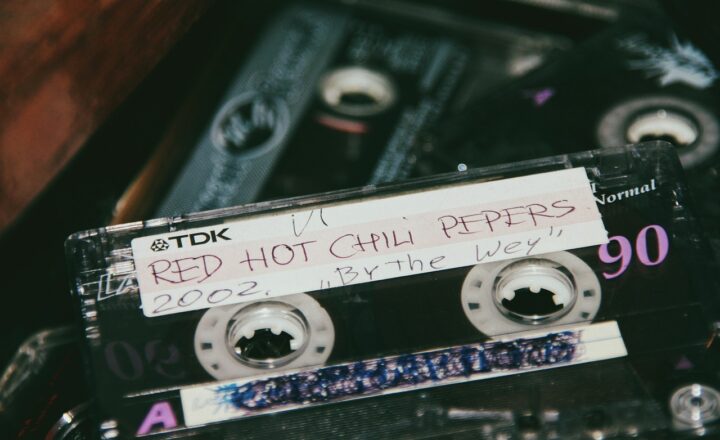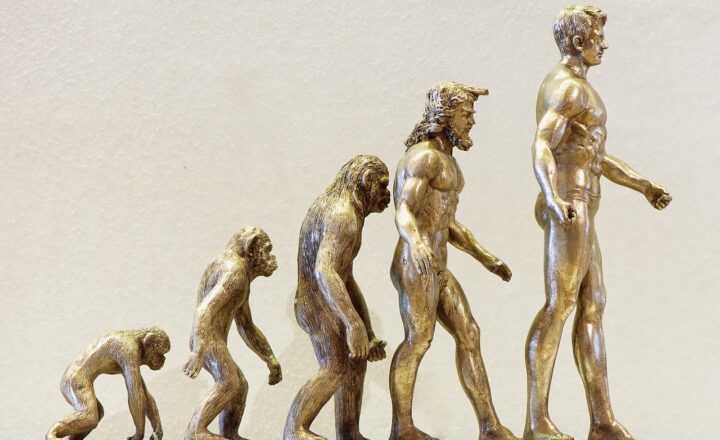
In an age where information is supposed to be at our fingertips, the reality of web content being ephemeral can be frustrating. Websites vanish from the internet daily, often without warning, creating a digital landscape that’s constantly shifting. That’s where the Internet Archive steps in—a project that aims to serve as the ‘time machine’ of our online existence. Founded in 1996, the Internet Archive has created an invaluable digital library that captures the vast expanse of the internet, preserving its history and making it accessible to everyone.
1. The Vision Behind the Internet Archive
The Internet Archive started with a clear vision: to build a universal library that serves the public. Founded by Brewster Kahle, its mission is to provide ‘Universal access to all knowledge.’ The Archive is home to billions of webpages, texts, audio, video, and software, aiming to facilitate research and education.
Kahle conceived the idea of the Archive after realizing that countless webpages, which once contained critical information, had disappeared into the abyss of the internet. The team gathered early web data using a web crawler, collecting pages, images, and media content that are now hard to find or inaccessible through normal web browsing.
2. Web Crawling: The Heart of Preservation
The Internet Archive’s web crawling technology is paramount to its success. By employing powerful web crawlers, the Archive continuously scours the internet, archiving pages and preserving snapshots from various timelines.
The Wayback Machine, one of the most popular features of the Internet Archive, allows users to see how a website looked at different points in history. For instance, you can check your favorite blog from the early 2000s or explore government websites that have undergone redesigns since their inception.
Not only is this important for keeping a record of web history, but it also serves as a crucial resource for those involved in academic research and legal matters. Legal disputes often hinge on the specific content visible online at a certain time, making the Web Archive a valuable reference.
3. A Treasure Trove for Researchers and Historians
Researchers and historians have found the Internet Archive to be an essential tool. Thanks to the Archive, academic researchers can examine how information was presented, disseminated, and perhaps misconstrued over time. Analyzing archived webpages can yield insights into historical political events, cultural shifts, and the evolution of social media.
Case Study: The Arab Spring
For example, during the Arab Spring, social media played a vital role in disseminating information and coordinating protests. The Internet Archive provides access to tweets, blog posts, and online conversations that capture that fervent and historical moment, offering scholars a glimpse into the sentiments of the public.
The ability to access information from different eras helps in understanding the overall narrative of events as they unfolded, providing context that may have been lost.
4. The Importance of Digital Preservation
Digital preservation is more crucial than ever in our increasingly online world. Websites often go dark, data can be deleted, and files can be lost, leading to a significant gap in historical documentation. The Internet Archive serves as a safety net, safeguarding this valuable information.
Moreover, digital preservation allows for the continuation of knowledge across generations, ensuring that future scholars, students, and general users can explore and understand past events and information.
The ongoing efforts of organizations like the Internet Archive underscore the importance of maintaining our digital heritage. With over 600 billion web pages archived, it’s clear that capturing this information has become an urgent endeavor.
5. Expanding Horizons: Bringing in Libraries, Books, and More
While the web page archiving is what made the Internet Archive famous, its reach extends beyond the internet itself. The Archive collaborates with libraries and offers access to millions of digitized books, texts, and audio resources.
This democratization of knowledge allows users worldwide to access resources they may not find in their local libraries or bookstores. The Open Library initiative, part of the Internet Archive, is a work in progress to create a web page for every book ever published.
Audio and Video Archives
The Internet Archive also includes audio and video content, such as music, movies, and public service advertisements that have shaped culture over decades. This rich repository highlights not just the web’s evolution but also the evolution of media itself.
By curating different media types, the Internet Archive offers a comprehensive historical perspective of culture, societal issues, and artistic expression.
6. Challenges and Controversies
Despite its many benefits, the Internet Archive faces challenges in its mission. Copyright laws impact its ability to preserve and distribute some materials legally. Organizations and publishers have raised concerns over copyright infringement, demanding that certain materials be removed.
The Archive balances its commitment to preservation with the need to respect intellectual property rights, navigating a complicated legal landscape. This has spurred discussions on how copyright law can be adapted to better serve the digital age.
Additionally, as technology continues to advance, the Archive must adapt to new formats and platforms, ensuring that the information remains accessible as the medium evolves.
7. Conclusion: The Future of the Internet Archive
As we continue to rely more on digital platforms, the importance of preserving our online history cannot be overstated. The Internet Archive plays a pivotal role as a guardian of digital culture and knowledge, ensuring that even as the internet changes, parts of our digital past remain accessible.
Looking ahead, the Archive’s commitment to broadening access, respecting copyright, and embracing new technologies will be essential as it continues its mission in the 21st century. The Internet Archive stands as both a valuable resource and a reminder of the transience of digital content, helping us navigate and reflect on the ongoing narrative of human history online.







